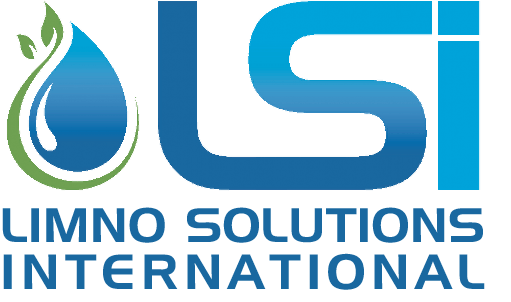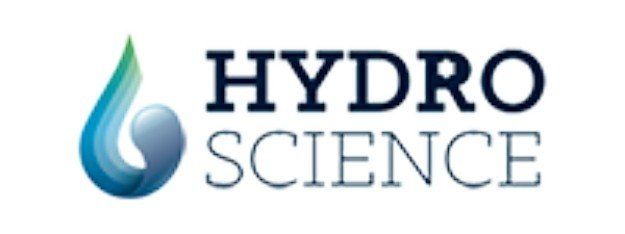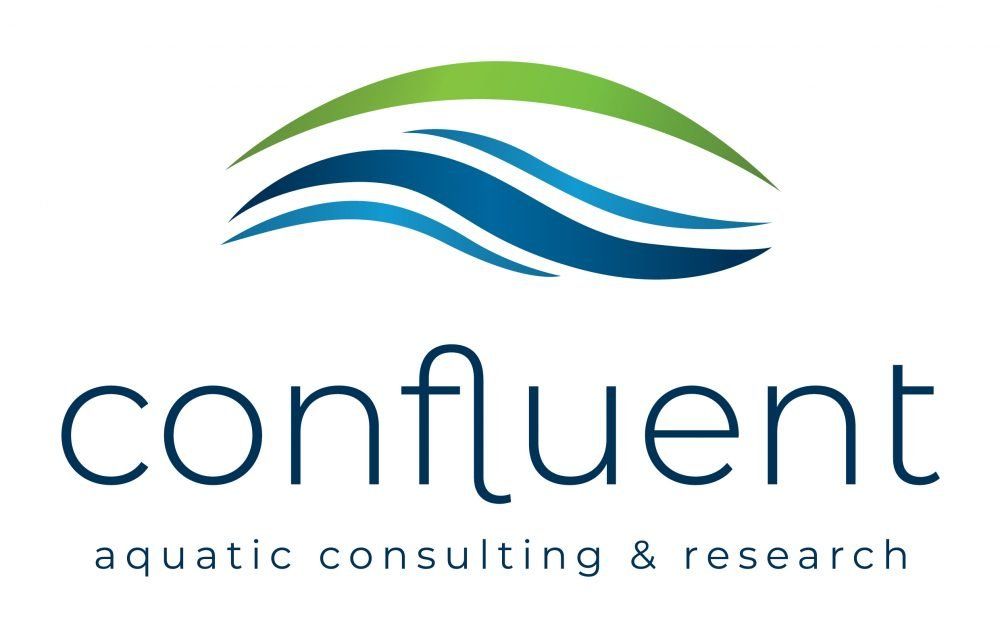Nutrient Budgets and Modelling
Fundamental to understanding the causes of eutrophication
quantifying the contributions of phosphorus sources to eutrophication
Integral to any attempt to identify the causes of eutrophication is the development of a robust and reliable nutrient budget. LSI works with empirical and mechanistic modelling to quantify the contributions of both external and internal phosphorus sources to the eutrophication of a lake or reservoir.
This work is fundamental to understanding the causes of eutrophication and recommending solutions.
quantifying the contributions of phosphorus sources to eutrophication
Integral to any attempt to identify the causes of eutrophication is the development of a robust and reliable nutrient budget. LSI works with empirical and mechanistic modelling to quantify the contributions of both external and internal phosphorus sources to the eutrophication of a lake or reservoir.
This work is fundamental to understanding the causes of eutrophication and recommending solutions.
In addition to models used for the creation of nutrient budgets, hydrodynamic modelling can be used to evaluate circulation patterns in lakes and reservoirs caused by wind and inflows as well as to determine residence time through an analysis of flushing patterns.
The same models can be used to simulate P, NH3, BOD and E.coli dynamics as well as phosphorus loads and other contaminants from the catchment. The data can be generated once models are calibrated using bathymetric data, inflow and outflow data, wind speed data and water quality data from the water body and its inflows.
The complex water quality models used by our specialists can also be applied to specific tasks such as the prediction of trophic status and the determination of optimal restoration strategies.
In addition to models used for the creation of nutrient budgets, hydrodynamic modelling can be used to evaluate circulation patterns in lakes and reservoirs caused by wind and inflows as well as to determine residence time through an analysis of flushing patterns.
The same models can be used to simulate P, NH3, BOD and E.coli dynamics as well as phosphorus loads and other contaminants from the catchment. The data can be generated once models are calibrated using bathymetric data, inflow and outflow data, wind speed data and water quality data from the water body and its inflows.
The complex water quality models used by our specialists can also be applied to specific tasks such as the prediction of trophic status and the determination of optimal restoration strategies.










